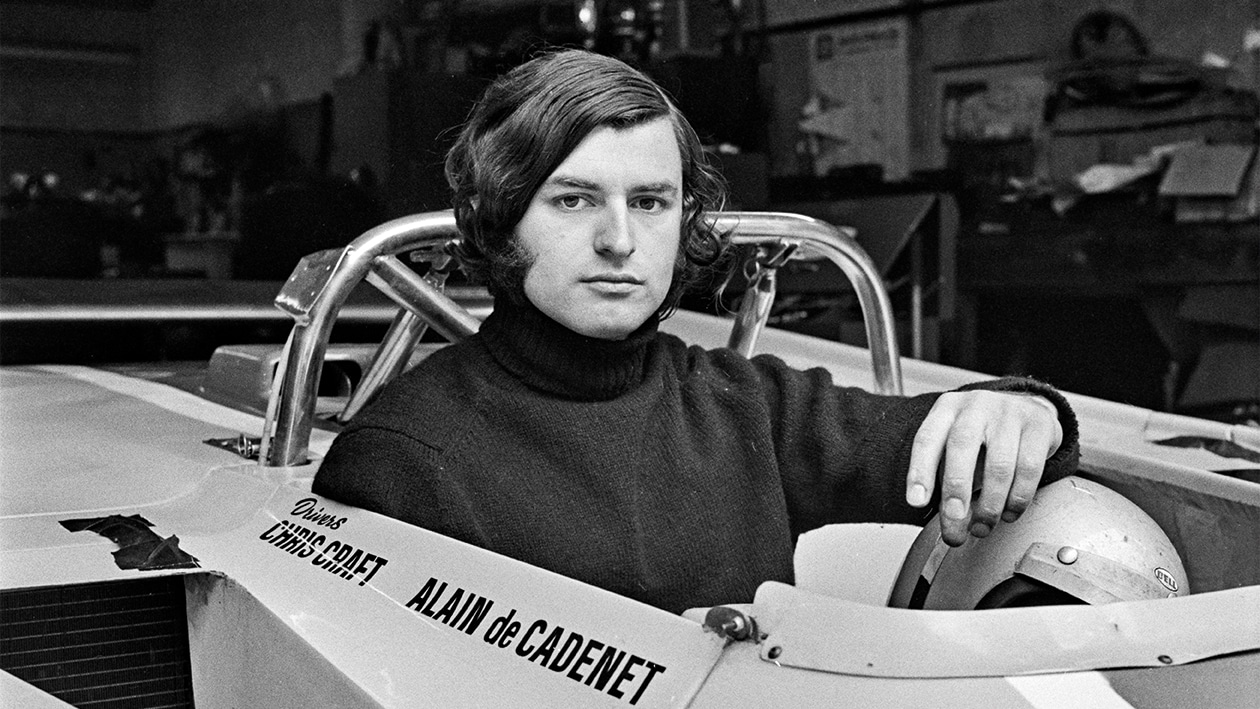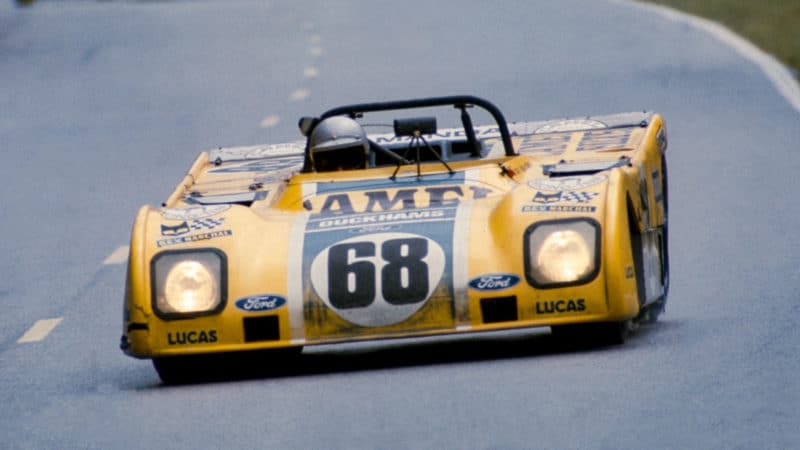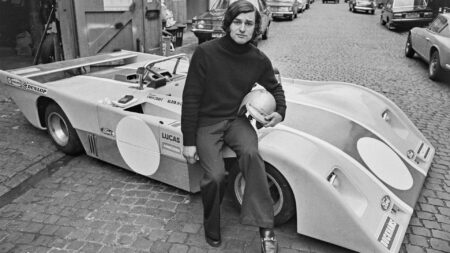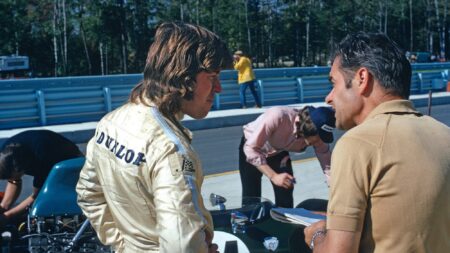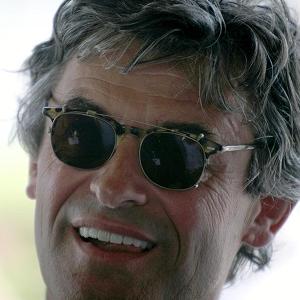“We weren’t the first to run a DFV at Le Mans – Ligier did it before us – but we were the first to finish. That engine did Le Mans, practice and race, and then we did the Watkins Glen Six Hours too – 32 hours in all. Keith Duckworth had told me a DFV was only meant for F1 distances.”
In 1973 Alain had another brush with F1. Ecclestone had eased Graham Hill out of Brabham, but was keen to see him carry on using Embassy sponsorship. “Bernard suggested I ran the operation. We got a customer Shadow which we built up in Morris Gomm’s premises in Woking.
“Graham was all right once you got past that arrogant, bombastic front. But it wasn’t easy for him: having been a double World Champion, he was over his own hill by then, and always frustrated with himself.” The car scraped onto the back of the grid at Barcelona and Zolder, and then Alain left after a huge row with Hill in the Monaco pits, in front of the tobacco sponsors and their guests. “He called me a ****. I said, ‘Don’t you call me a ****, you ****’.”
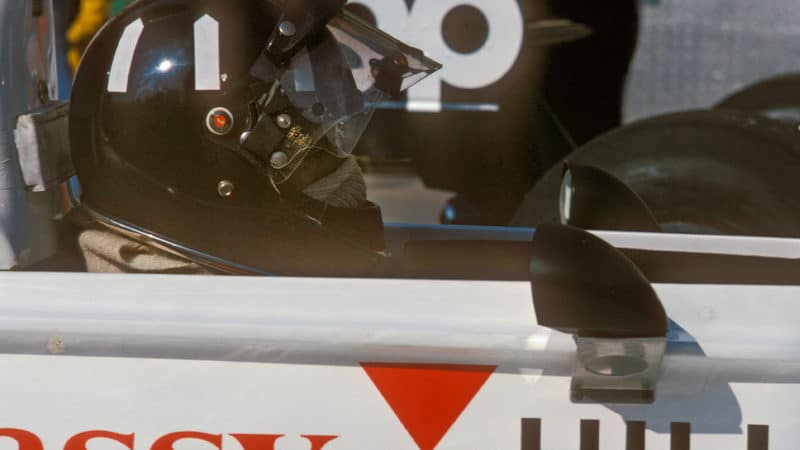
Graham Hill and de Cadenet partnership ended at the 1973 Monaco GP
Grand Prix Photo
At Le Mans the Duckhams’ new long-tail bodywork started to break up, and Alain and Chris retired after 13 hours. In 1974 Alain didn’t even make the start. “Ten days before the race, I was going to Paddington Station on my monkey bike to pick up some gearbox bits. A taxi did a U-turn in front of me, and I broke my collar bone. I had it strapped up, and I qualified the car, but in night practice I turned into the Porsche Curves and the broken bone popped out and jabbed me in the neck. So we put Jon Nicholson in with Chris. The car was green now, and called the De Cadenet, but it was the same old car. We’d changed to Firestones, and the harmonics of those tyres at very high speeds kept breaking the suspension.” It was out by 5am.
For 1975 the Brabham-based car was sold to Colin Hawker, who turned it into a VW-bodied club racer. “I got a new Lola from Eric Broadley. Gordon breathed on the suspension, and we modified it to suit Le Mans better. We called it the De Cadenet Lola. But it was slower in a straight line. I was still using the same old ex-McLaren engine, only 400bhp. The first car would do 200, but in 1975 we could only get 190. We were third in the early stages, but we had all sorts of problems. Eventually we were 14th.
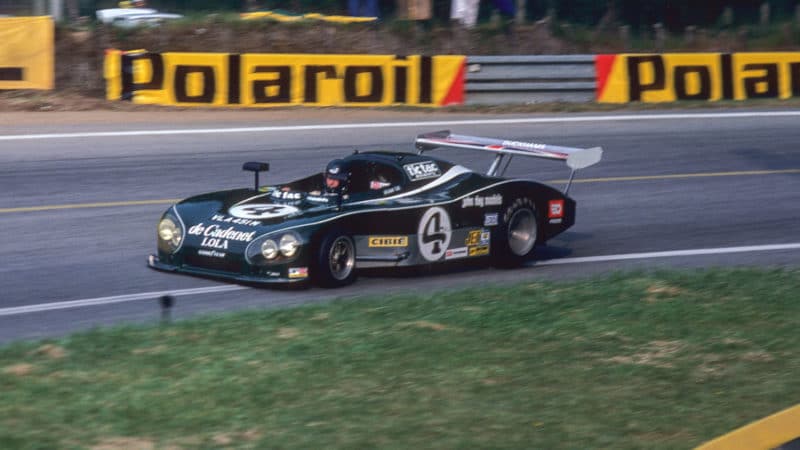
Craft and de Cadenet switched to a Lola in 1975. They drove an upgraded car to a podium finish in ’76
DPPI
“We only ever had an old white Transit, towing the car down through France on an open trailer. One year, when the Transit was getting very tired, it was really full of stuff, and it couldn’t pull the trailer. So I sent it on ahead, put a tow hitch on the back of my 1928 Speed Six Bentley and towed the De Cad down with that. Both BRG, of course.
“For 1976 Gordon suggested a bunch of things to improve the straight-line speed. We made a new short-tail body, and we got it back up to 205mph.” And that year, in ferocious heat, Alain and Chris ascended the podium with a superb third place, a historic placing for a self-run privateer car.
That car was sold to Simon Phillips, and a new Lola-based car was built up for 1977. Tony Southgate worked on the design and Len Bailey fettled the aerodynamics, helped by a few hours in the MIRA wind-tunnel paid for by a car magazine. “That made the new car really quick: it did 228mph on the Mulsanne.” An hour was lost repairing damage after Chris went off in the wet around dawn, and in a storming recovery they finished fifth – 90 seconds behind the third-placed Porsche and closing fast. In 1978 they were 15th after various problems, and 1979 brought retirement.
